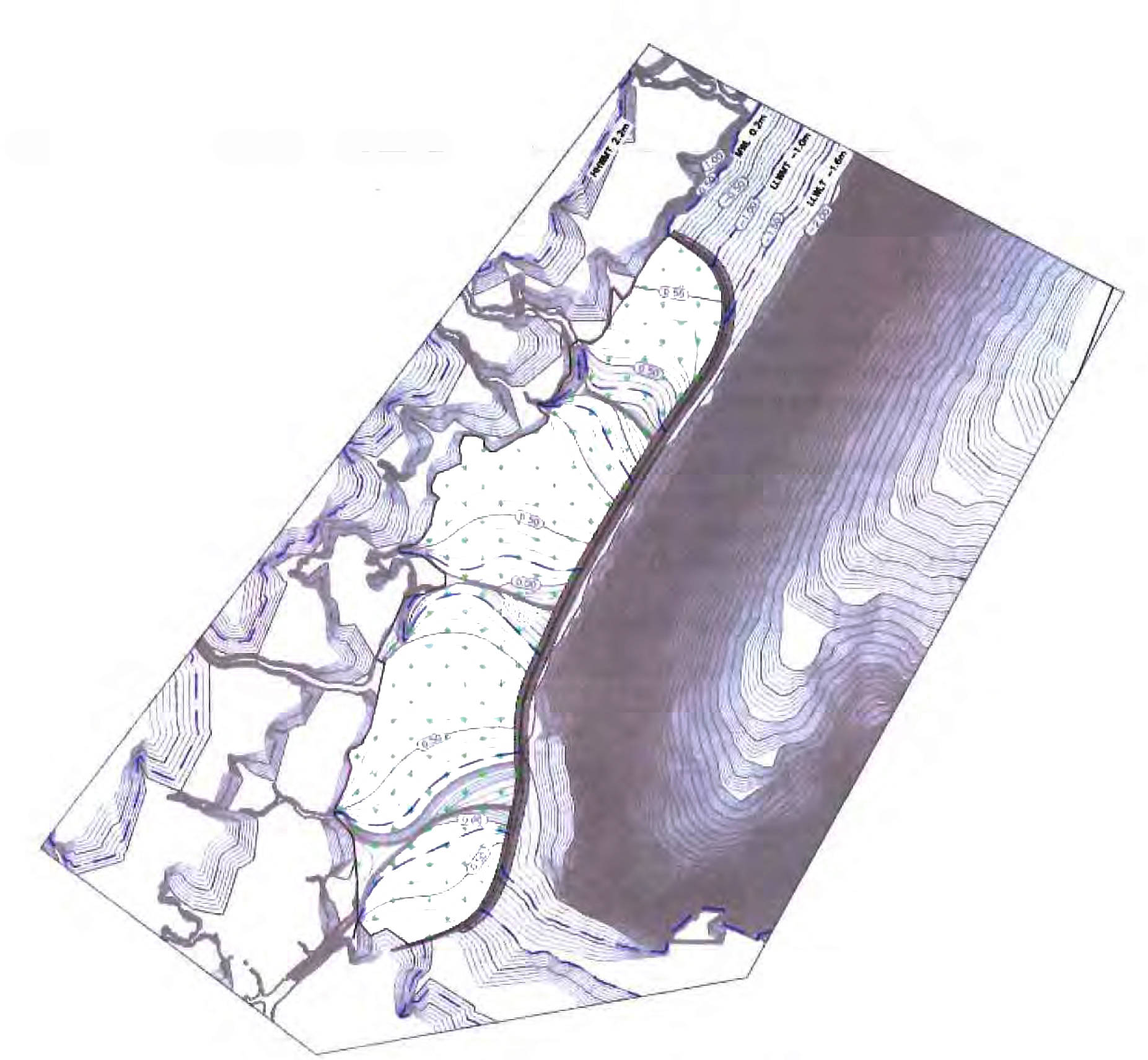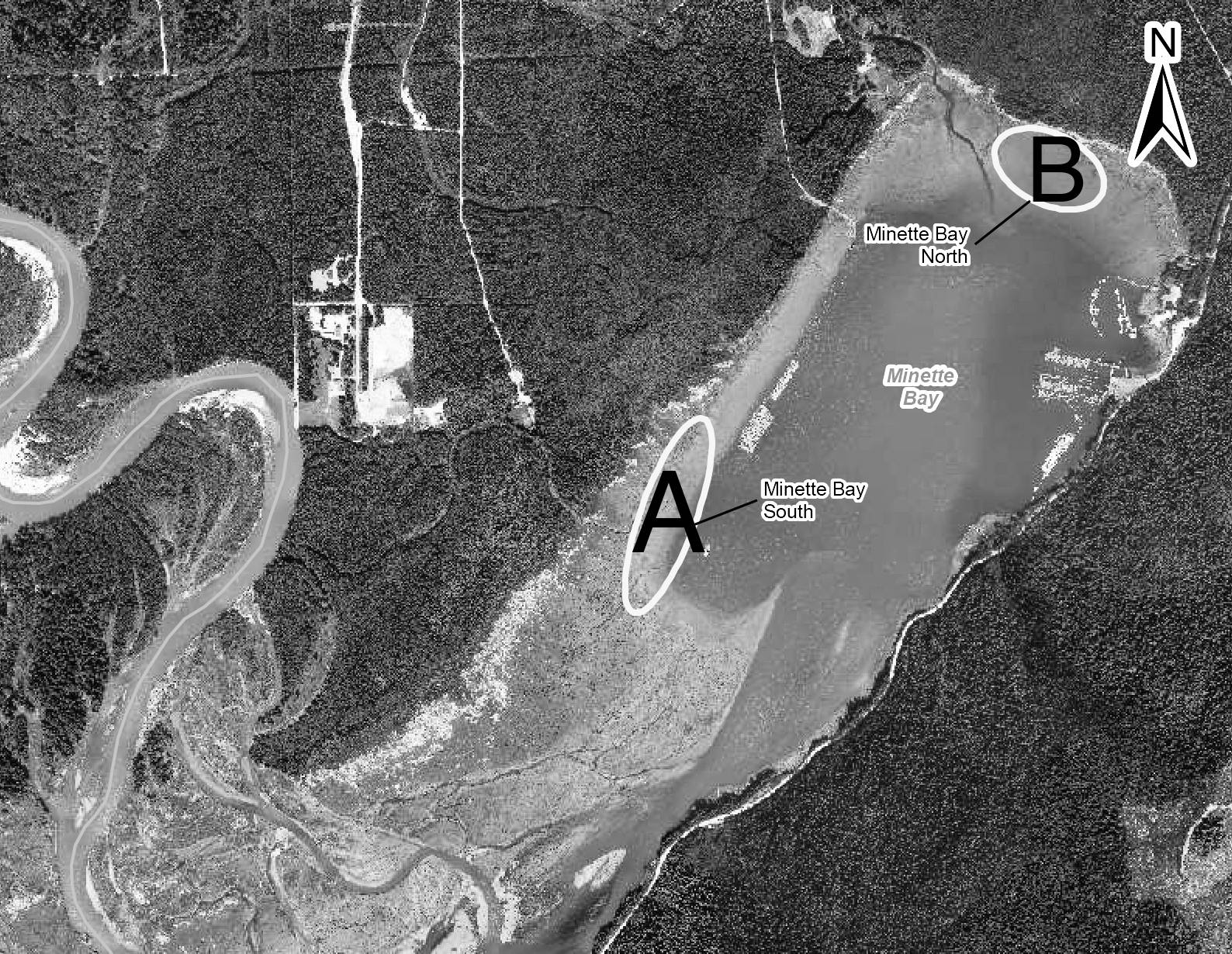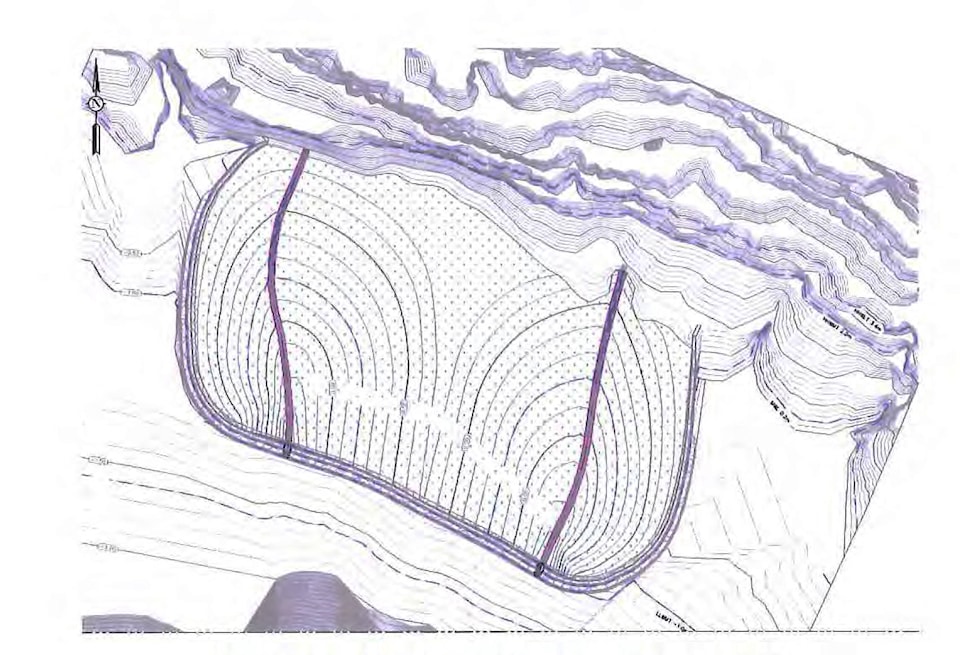LNG Canada will construct two salt marshes in Minette Bay to offset the environmental impact caused by work on the proposed construction site and in the waters of Kitimat harbour.
LNG Canada director of external relations Susannah Pierce said the salt marshes, two of the offsets the company will construct, will be completed regardless of whether LNG Canada’s Joint Venture Partners make a positive Final Investment Decision (FID) or not.
“This work is required as soon as we begin our work on site, work that will impact the waterways that flow across our site,” said Pierce. “Additionally, we will be required to monitor the performance of these offsets for a 10-year period.”
She said as per the terms of the permit issued to LNGC by the Department of Fisheries and Oceans, the company has to create new offsetting fish habitats to mitigate the effects on breeding, especially by marine dredging.
“The rule of thumb is that we create more fish habitat than the fish habitat we affect. As it relates to marine habitat, some of the new marine fish habitat offsets will be created at Minette Bay,” added Pierce.
She said the offsets will enhance existing mud flats by creating salt marshes and rock reef habitats.
“We plan to remove a significant amount of large woody debris and help reinstate tidal channels that allow fish to utilize the Kitimat River estuary and Minette Bay,” said Pierce.
She added that the benefits to fish include creating spawning, overwintering and rearing habitats for juvenile chums, chinook and coho salmon, and increasing the food supply for fish and crabs, as well as creating a spawning habitat for Pacific herring.
LNG Canada environmental site lead Rob St. Jean said the salt marshes in Minette Bay will need to be functioning properly should a positive FID be announced.
A positive FID will see work begin almost immediately by lead contractor Fluor-JGC on constructing the plant.
The preliminary work is one of the Company Provided Items included in the agreement between LNGC and Fluor-JGC, which will enable Fluor-JGC to start work on construction without first having to prepare the site.
Two streams that cross the proposed LNG facility site, the Kitimat Side Channel and Beaver Creek, will be diverted to ensure Fluor-JGC has dry and stable conditions on which to construct the plant.
“We will be required to isolate the Kitimat River Side Channel that flows on the site and temporarily diverting a portion of Beaver Creek,” said St. Jean.
However, the creek work isn’t permanent. Should there not be a positive FID, the isolation of the Kitimat River Side Channel can be removed and it will return to a natural state.
“The Beaver Creek diversion is also reversible, allowing the Creek to be reinstated. The creek work is not expected to affect recreational use,” said St. Jean.
The work will however prevent fish from swimming up the streams to spawn. The streams will be capped, any fish remaining in the streams relocated to open streams and the course of the streams diverted around the site, in particular away from the location of the facility’s main liquid natural gas storage tank.
St. Jean said the stream diversions will stay in place should there be a positive FID.
Work on constructing the offsets is timed for fall, to be completed by November, specifically to minimize harm.
LNG Canada contracted Ledcor Haisla LP to develop the salt marshes and to establish a new marine habitat within Minette Bay.
“Certain sites within these areas have been studied by LNG Canada for their suitability as habitat offset areas. Specific sites were identified and approved through the Fisheries Act Authorizations (FAAs): Minette North and Minette South,” said St. Jean.
The salt marshes will consist of rock berms (walls constructed of large rocks) that are constructed in the tidal zone. The berms are filled with a combination of fill and soil and are flooded by the tide, allowing for the creation of a new habitat.
In order to determine the viability of the salt marshes and the reef structures, Ledcor will be conducting a geotechnical investigation, which will include geotechnical drilling and cone penetrometer testing (CPT) of the approved sites in Minette Bay using barges to carry out the work.
The geotechnical investigative work is anticipated to take up to a week to complete.
“No permanent or temporary infrastructure is required to be constructed or installed as part of the geotechnical investigation,” said Pierce.
“The work we are doing during the summer of 2018 has all been permitted and authorized through our Environmental Assessment process and authorizations through the DFO,” added Pierce.


